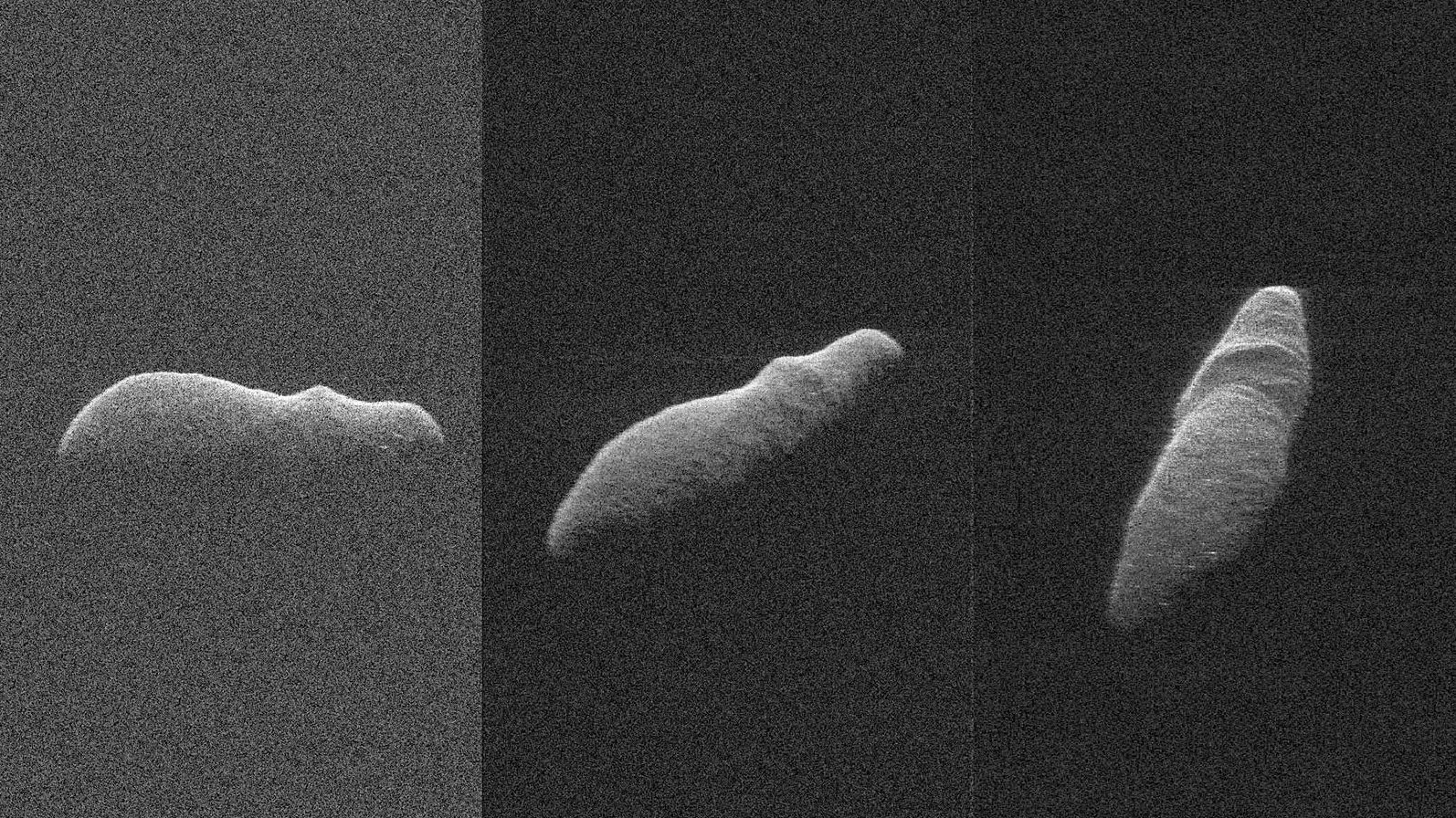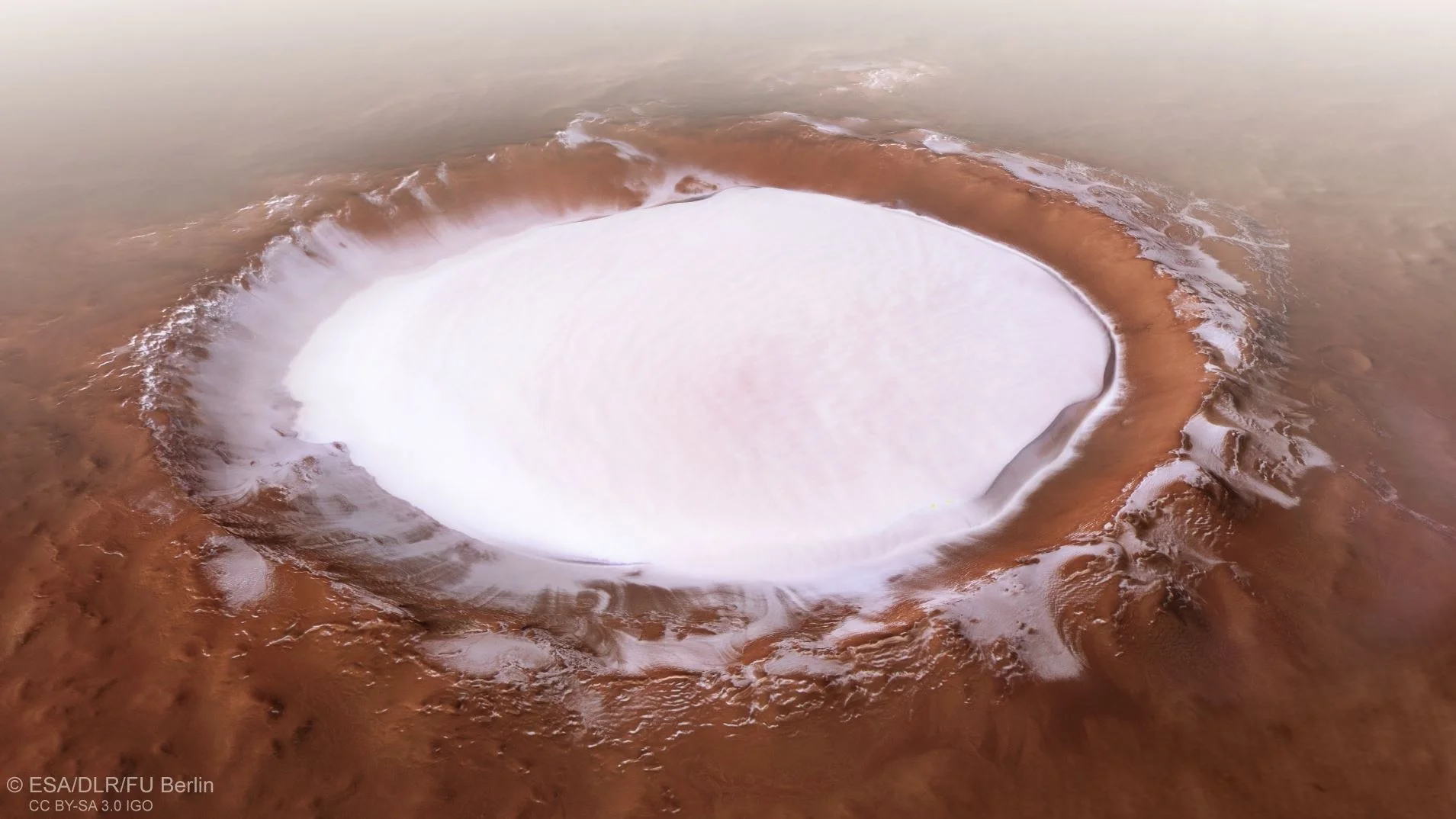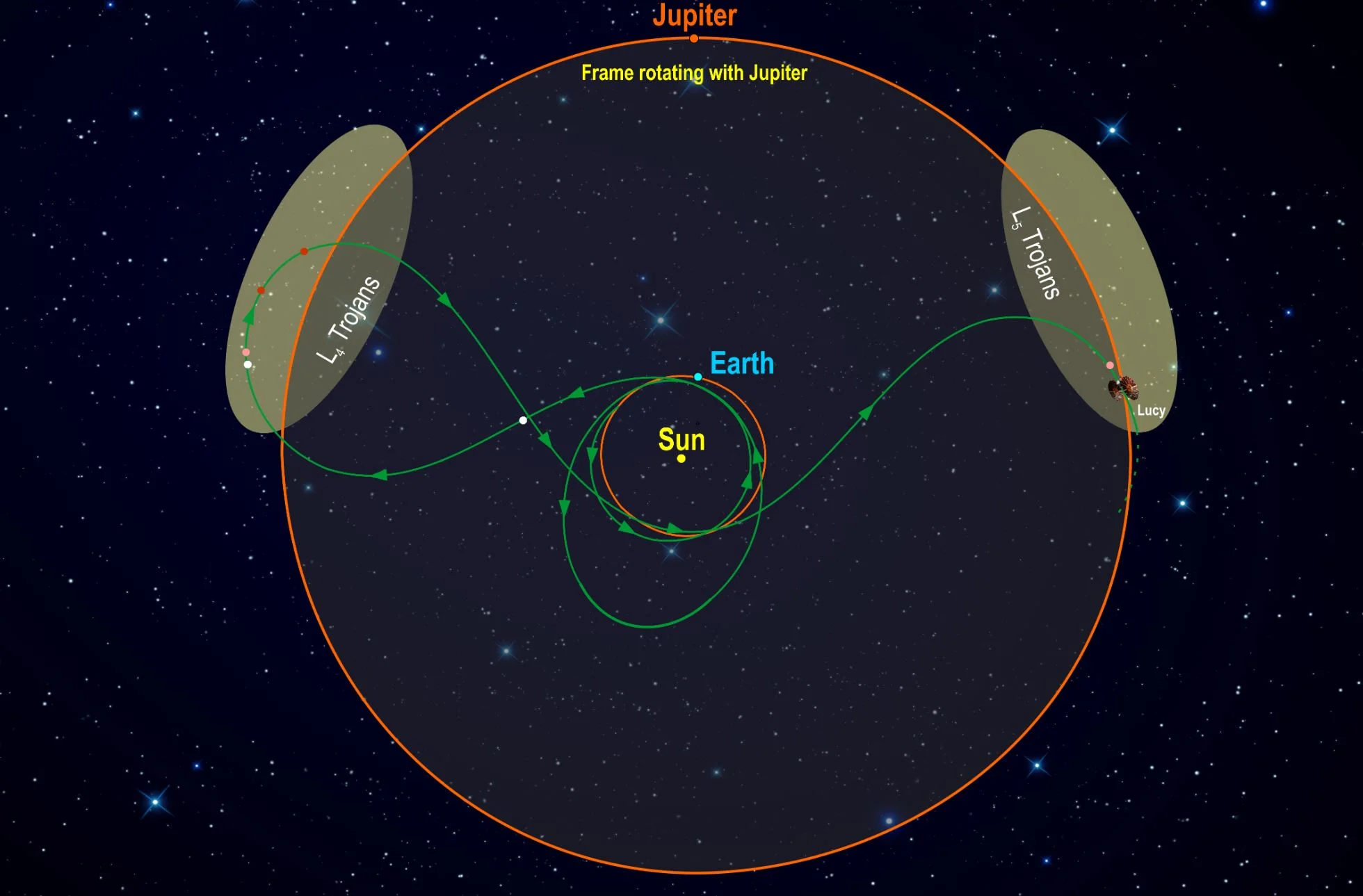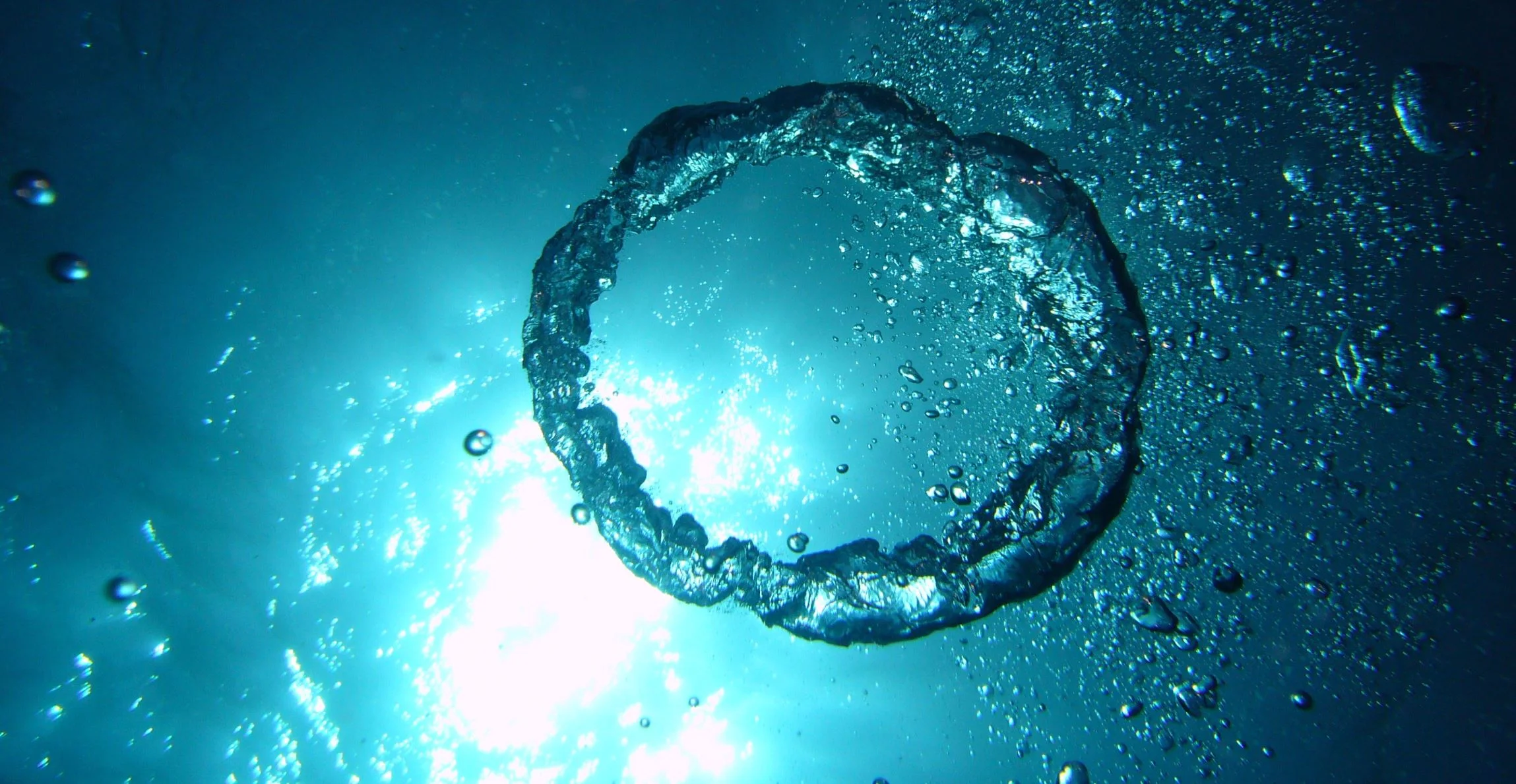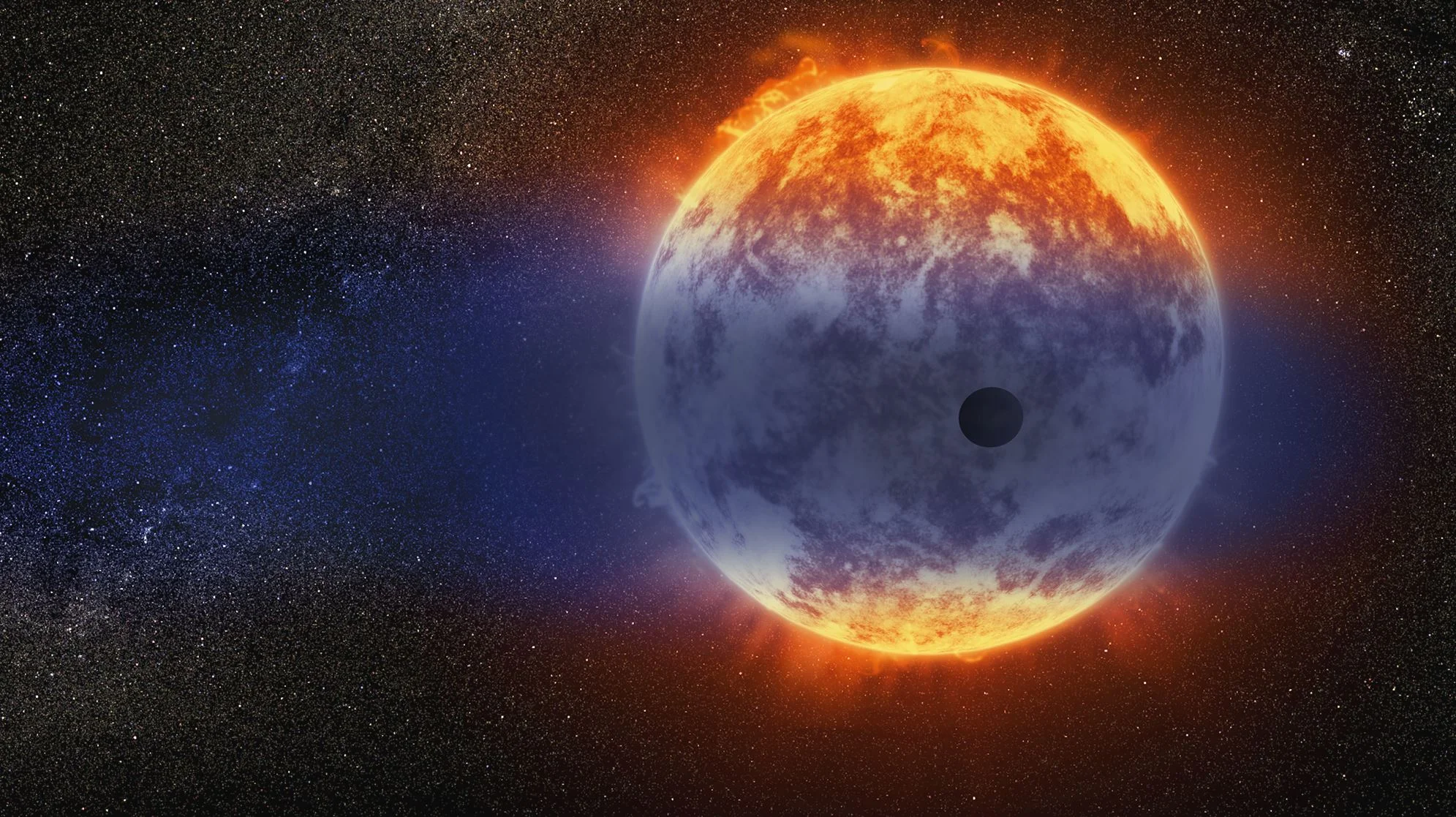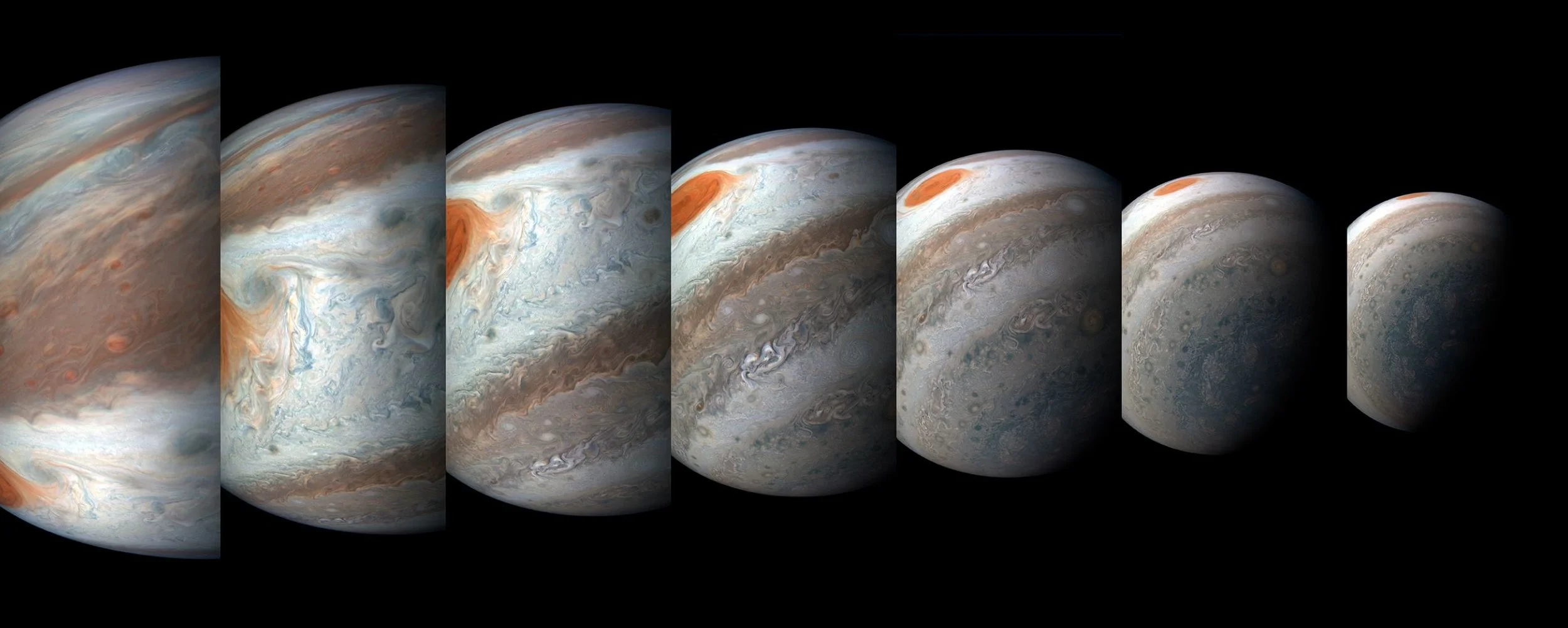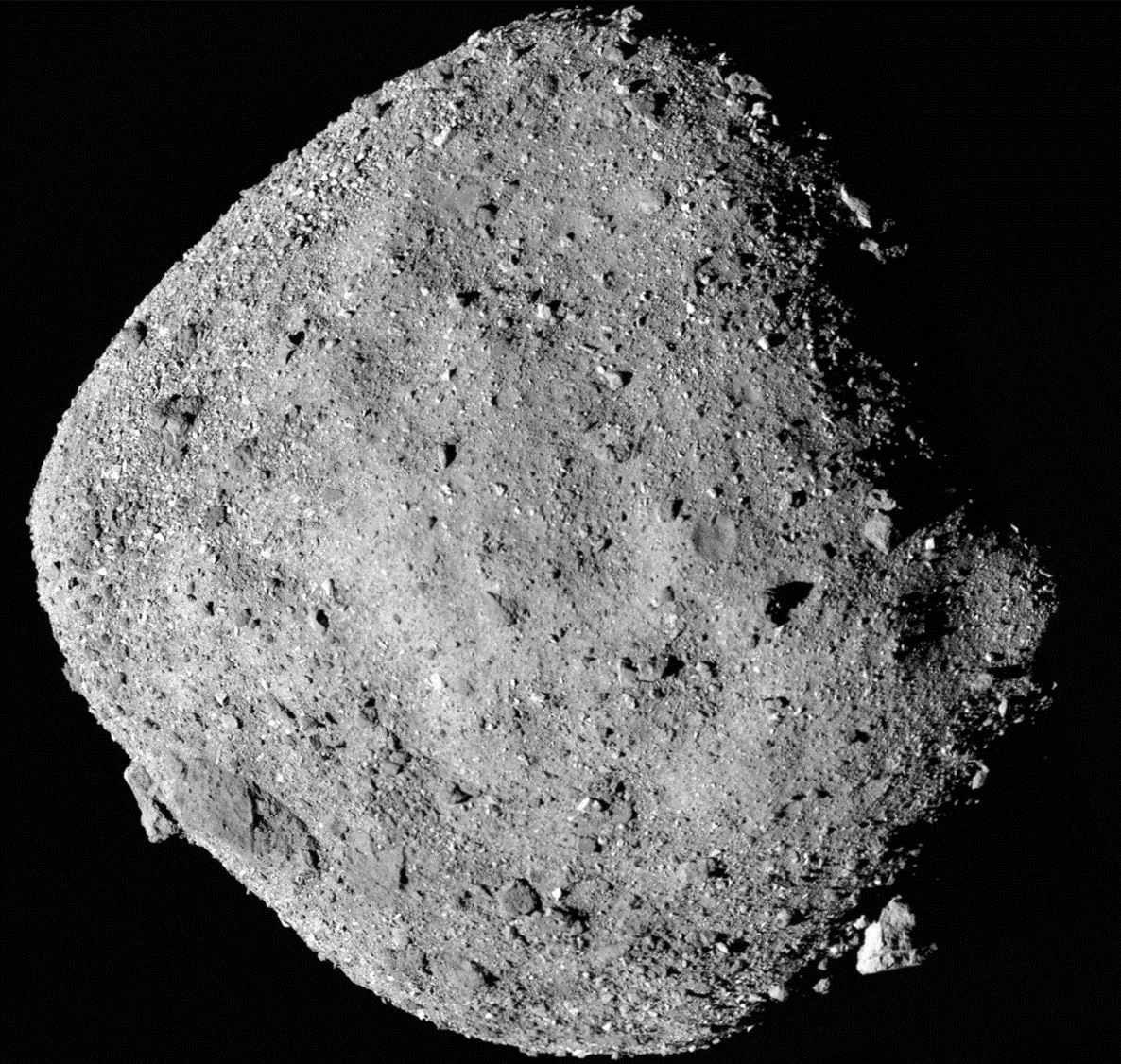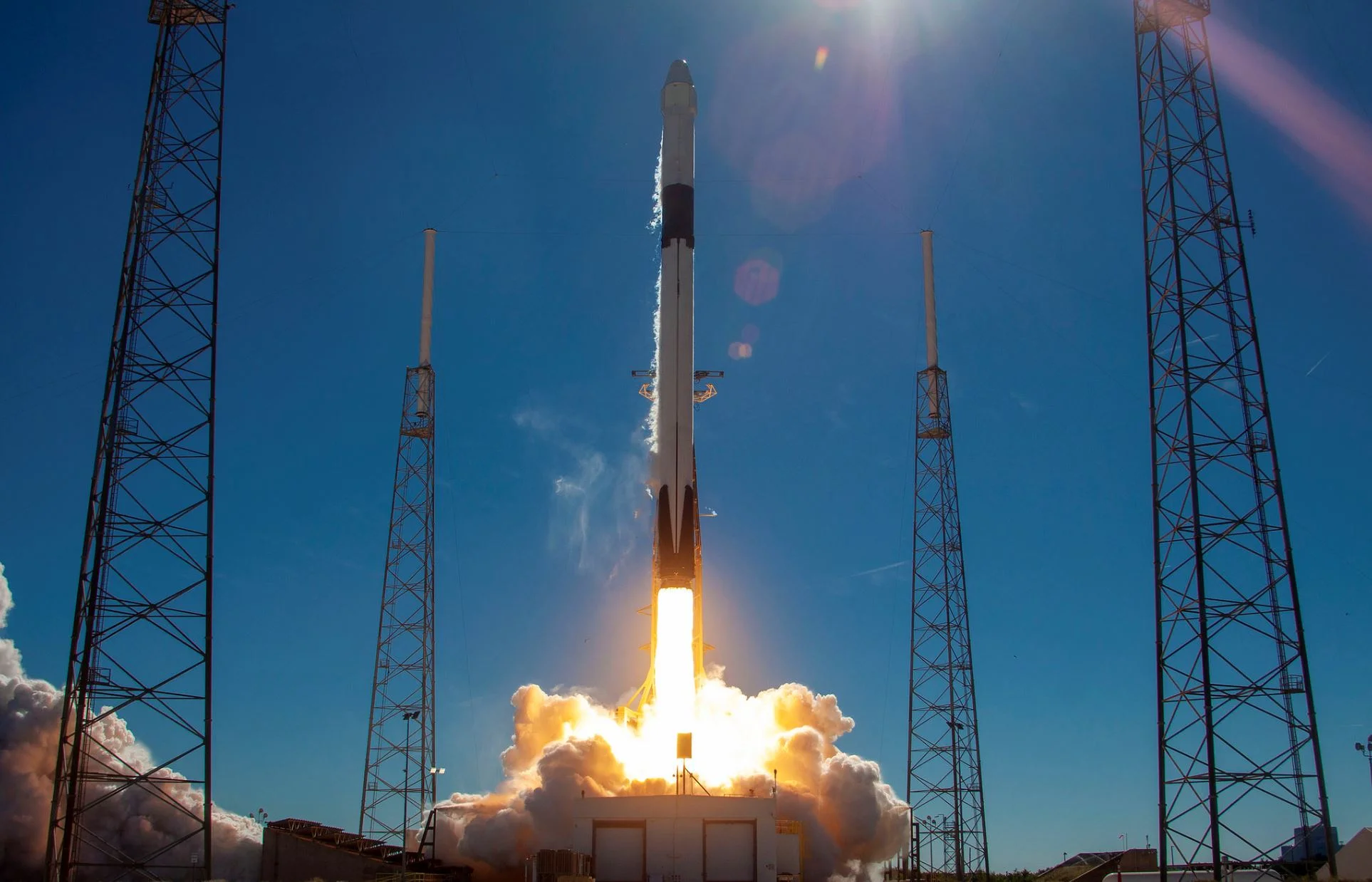The December 2018 close approach by the large, near-Earth asteroid 2003 SD220 has provided astronomers an outstanding opportunity to obtain detailed radar images of the surface and shape of the object and to improve the understanding of its orbit.
ESO to Host Cherenkov Telescope Array-South at Paranal
ESO’s Director General and the Managing Director of the Cherenkov Telescope Array (CTA) Observatory have signed the agreement needed for CTA’s southern hemisphere array to be hosted near ESO’s Paranal Observatory in Chile. In addition, the Chilean Government and ESO have signed the agreement enabling ESO to host this new telescope within ESO’s Paranal Observatory site. This will allow the world's most ambitious gamma-ray observatory to access not only Chile’s pristine observing conditions, but also ESO’s state-of-the-art infrastructure, expertise, and facilities. ESO will operate the facility on behalf of the CTA Observatory and its Members.
This Crater on Mars Traps the Cold, and Remains Filled With Ice, All Year Round
On June 2nd, 2003, the European Space Agency’s Mars Express mission left Earth to begin its journey to Mars. Six months later (on December 25th) the spacecraft fired its main engine and entered orbit around Mars. This Christmas will therefore mark the fifteenth anniversary of the orbiter’s arrival and all the observations it has made of the Red Planet since then.
Lucy Finds Its Place in the Solar System: Navigating NASA’s First Mission to the Trojan Asteroids
Earthrise, a photo that changed the world
December 24 is the 50th anniversary of Earthrise, arguably one of the most profound images in the history of human culture. When astronaut William Anders photographed a fragile blue sphere set in dark space peeking over the Moon, it changed our perception of our place in space and fueled environmental awareness around the world.
Faint Glow Within Galaxy Clusters Illuminates Dark Matter
NASA Telescopes Take a Close Look at the Brightest Comet of 2018
NASA Research Reveals Saturn is Losing Its Rings at “Worst-Case-Scenario” Rate
Here are 20 Protoplanetary Disks, With Newly Forming Planets Carving Out Gaps in the Gas and Dust
The hunt for other planets in our galaxy has heated up in the past few decades, with 3869 planets being detected in 2,886 systems and another 2,898 candidates awaiting confirmation. Though the discovery of these planets has taught scientists much about the kinds of planets that exist in our galaxy, there is still much we do not know about the process of planetary formation.
Nope, oxygen on exoplanets doesn’t always mean life
Just discovered! “Farout”, the Farthest Object Ever Seen in the Solar System
Mars InSight Lander Seen in First Images from Space
On Nov. 26, NASA's InSight mission knew the spacecraft touched down within an 81-mile-long (130-kilometer-long) landing ellipse on Mars. Now, the team has pinpointed InSight's exact location using images from HiRISE, a powerful camera onboard another NASA spacecraft, Mars Reconnaissance Orbiter (MRO).
Time travel is possible – but only if you have an object with infinite mass
Exoplanet is vanishing—and really fast
A Supernova 2.6 Million Years Ago Could Have Wiped Out the Ocean’s Large Animals
For many years, scientists have been studying how supernovae could affect life on Earth. Supernovae are extremely powerful events, and depending on how close they are to Earth, they could have consequences ranging from the cataclysmic to the inconsequential. But now, the scientists behind a new paper say they have specific evidence linking one or more supernova to an extinction event 2.6 million years ago.
NASA's Juno Mission Halfway to Jupiter Science
On Dec. 21, at 8:49:48 a.m. PST (11:49:48 a.m. EST) NASA's Juno spacecraft will be 3,140 miles (5,053 kilometers) above Jupiter's cloud tops and hurtling by at a healthy clip of 128,802 mph (207,287 kilometers per hour). This will be the 16th science pass of the gas giant and will mark the solar-powered spacecraft's halfway point in data collection during its prime mission.
NASA’s Newly Arrived OSIRIS-REx Spacecraft Already Discovers Water on Asteroid!
Australia is still listening to Voyager 2 as NASA confirms the probe is now in interstellar space
The problems with small satellites – and what Australia’s Space Agency can do to help
Mercury-Bound BepiColombo is About to Start Using the Most Powerful Ion Engines Ever Sent to Space
A handful of spacecraft have used ion engines to reach their destinations, but none have been as powerful as the engines on the BepiColombo spacecraft. BepiColombo is a joint mission between the European Space Agency (ESA) and the Japan Aerospace Exploration Agency (JAXA.) It was launched on October 20, 2018, and has gone through weeks of in-flight commissioning. On Sunday it turned on its powerful ion thrusters for the first time.

